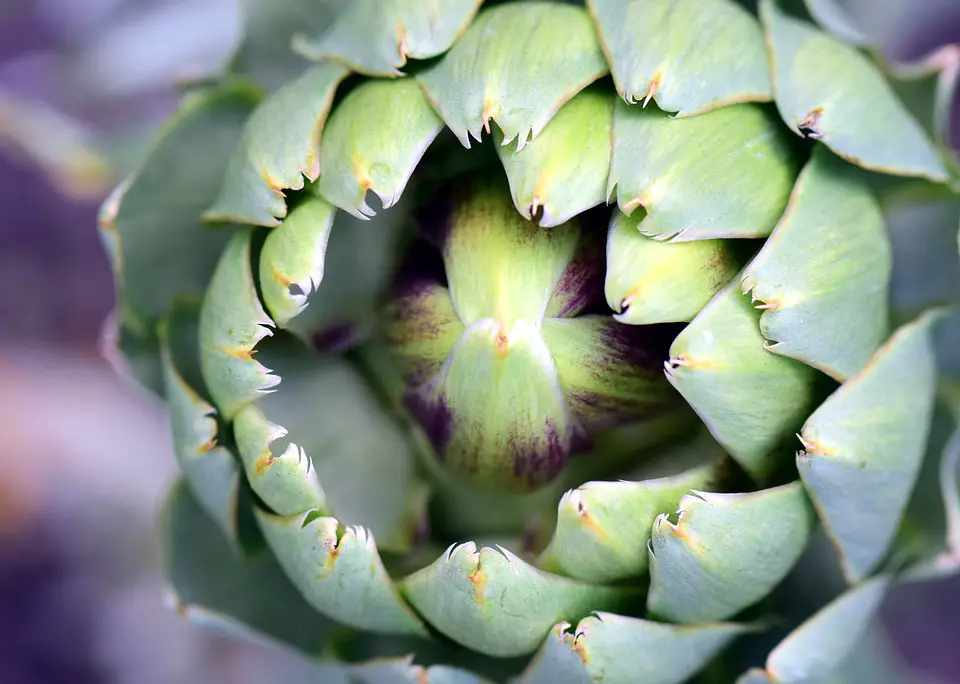Introduction
Having your own edible garden is a fulfilling and sustainable way to enjoy fresh produce right at your doorstep.
Whether you have a large backyard or a small balcony, it is possible to create a thriving edible garden anywhere with proper planning and care.
In this guide, we will explore the essential steps and tips to help you establish and maintain a fruitful and flourishing garden.
Choosing the Right Location
Before starting your edible garden, it is crucial to choose the right location.
Look for a spot with good sunlight exposure, usually at least 6 hours of direct sunlight per day.
If you have limited space, consider vertical gardening or container gardening options that can maximize the use of available space.
Preparing the Soil
The soil is the foundation of your garden, so it is vital to prepare it properly to support healthy plant growth.
Test your soil’s pH level and amend it accordingly to match the needs of the plants you wish to grow.
Adding organic matter such as compost or aged manure can significantly improve soil fertility and structure.
Remember to remove any existing weeds or grass before planting to minimize competition.
Choosing Suitable Plants
When selecting plants for your edible garden, consider your climate, available space, and personal preferences.
Opt for plants that thrive in your specific growing zone and that you and your family enjoy consuming.
Popular choices for beginners include herbs like basil, mint, or rosemary, as well as salad greens, cherry tomatoes, and peppers.
Watering and Irrigation
Proper watering and irrigation are crucial for the health of your garden.
Most edible plants require consistent moisture without being soaked.
Regularly check the soil and water when the top inch feels dry.
Utilize mulch around plants to help retain moisture and minimize weed growth.
Consider installing a drip irrigation system if you have a larger garden or need more convenient watering methods.
Pruning and Maintenance
Maintaining your garden through regular pruning and maintenance is vital for optimal growth and productivity.
Prune plants to encourage branching, remove dead or damaged parts, and improve air circulation.
Weed regularly to prevent weed competition.
Additionally, keep an eye out for pests and diseases, and take necessary measures such as using organic pest control methods to keep your plants healthy.
Harvesting and Enjoying
One of the most rewarding aspects of edible gardening is harvesting the fruits of your labor.
Pay attention to the specific harvesting requirements for each plant.
Harvest when the produce is ripe to achieve the best flavor and quality.
Enjoy your garden-fresh produce in delicious meals, salads, or preserve them for later use through canning or freezing.
FAQs
Q: How much space do I need for an edible garden?
A: The space required for an edible garden depends on the number and size of plants you wish to grow.
Even a small balcony or patio can accommodate a vertical garden or a set of container plants.
Assess the available space and plan accordingly.
Q: Can I grow vegetables and herbs indoors?
A: Yes, you can grow vegetables and herbs indoors by utilizing containers, grow lights, and suitable potting soil.
Just ensure your plants receive adequate light and proper care.
Q: How often should I fertilize my edible garden?
A: Fertilization needs vary depending on the plants and soil conditions.
Generally, a slow-release organic fertilizer applied at the beginning of the growing season and regular additions of compost or aged manure should be sufficient for most edible plants.
Q: How can I protect my garden from pests naturally?
A: There are several natural methods to protect your garden from pests.
Examples include companion planting, using organic pest control sprays like neem oil or garlic spray, and employing physical barriers such as row covers or netting.
Q: What are some easy-to-grow edible plants for beginners?
A: Some easy-to-grow edible plants for beginners include lettuce, radishes, green beans, zucchini, and herbs like parsley, chives, and thyme.
These plants are generally low-maintenance and provide a satisfying harvest.




